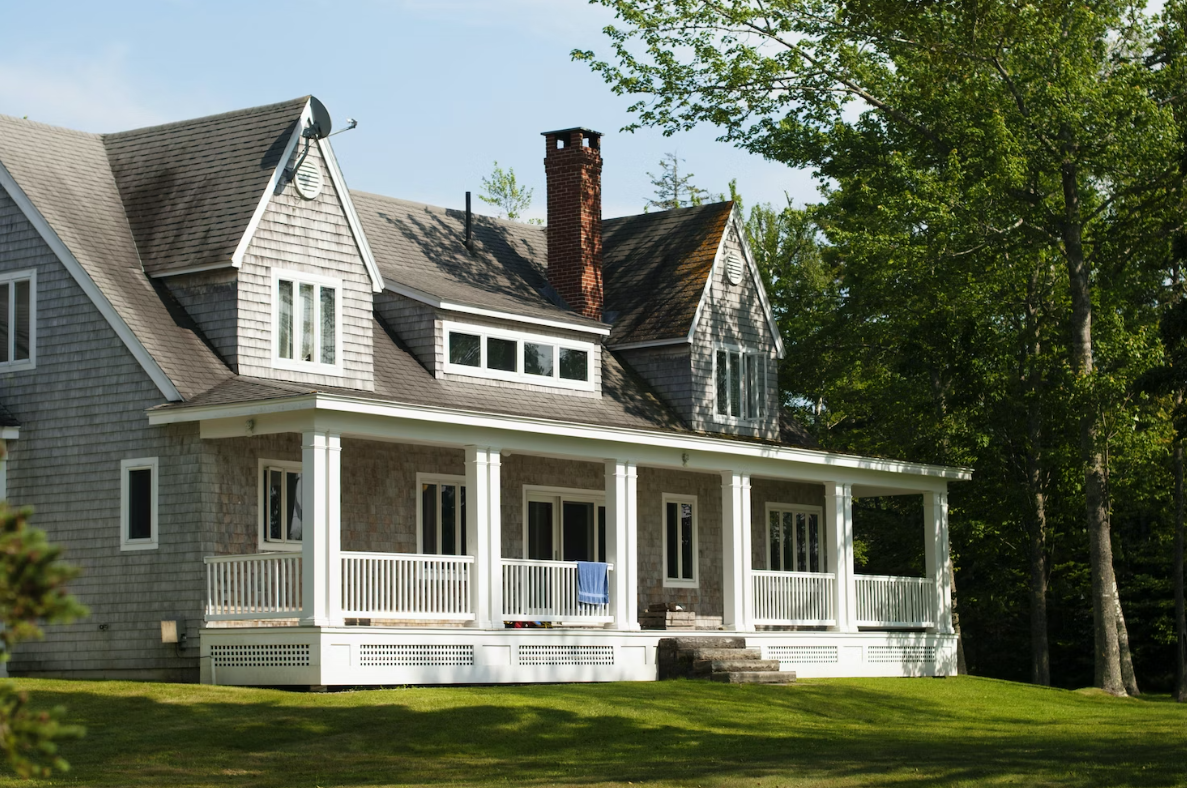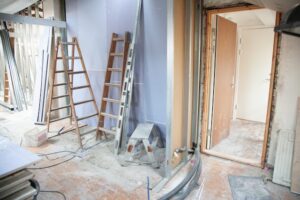
If you or a family member has a disability, odds are you have thought about how to make your home more accessible. Home remodeling can be a daunting task, but it is an essential step towards making your home safe and accommodating for everyone. Here is a list of seven tips to help make the remodeling process less stressful and more successful.
Widen Doorways
One of the simplest ways to ensure your home is more accessible is to widen doorways. This will make it easier for anyone in a wheelchair or scooter to get around the house. You can widen doorways by increasing the width of the frame, trimming down any overhanging door hinges, and installing specialized ramps. Most people who use wheelchairs need a doorway that is at least 32 inches wide. By widening your doorways, you can make it easier for everyone to move throughout your home.
Install Ramps
Another essential feature to consider is ramps. Ramps provide easier access for people with limited mobility and can be the difference between someone being able to get around your home or not. If you have stairs in your home, consider installing a wheelchair ramp so that you can allow anyone with limited mobility to move freely. Ramps can be installed on both the interior and exterior of your home, making it easier for people with mobility issues to move from room to room or to access the outdoor spaces of the home. Laying concrete with a commercial concrete company can be a great way to permanently and safely attach a ramp to the outside of your home to make it more accessible.
Lower Cabinets and Fixtures
Make sure to lower cabinets and fixtures, such as countertops and sinks, to make them more accessible for individuals in wheelchairs. Lowering these fixtures will allow for easier access and use. Make sure to also install lever handles on all cabinets, doors, and faucets so that they can be easily opened by those in wheelchairs or with limited mobility. It is advisable to have a kitchen island with countertops at varying heights, making it easier for everyone to use the kitchen.
Add Grab Bars
Installing grab bars in certain areas, such as by toilets and showers, can provide reliable support for someone with mobility issues. Grab bars are essential for providing additional stability and help prevent slips and falls. Consider installing grab bars in bathrooms, entryways, or anywhere else someone may need extra support. These bars will help prevent falls and make it easier for someone to move around the bathroom. It is important to make sure that grab bars are securely installed, as they can be a life saver in case of an emergency. Grab bars can also be useful in hallways and other areas that require additional support..
Install Lever Handles
Lever handles are more accessible than traditional door knobs, making it easier for everyone to open doors throughout the home. Lever handles are also much easier to grip and turn than doorknobs, making it easier for anyone with limited mobility or dexterity issues. Installing lever handles on all doors throughout the home will make it more accessible to everyone. Lever handles are available in a variety of styles and finishes, making it easy to find the perfect fit for your home. Additionally, lever handles are easier to grip and can help prevent falls due to slips. Lever handles provide better grip and are easier to open than doorknobs, making them the ideal choice for remodeling an accessible home. Additionally, lever handles should be installed on cabinets and drawers to avoid the need for grasping and twisting.
Upgrade Bathrooms
Bathrooms are one of the most challenging areas of the home to navigate for those with mobility issues. Installing wheelchair-accessible shower seating, adding grab bars, and widening doorways are all essential steps towards making the bathroom more accessible. Additionally, consider installing a roll-in shower, which allows for an individual to roll in with their wheelchair or scooter instead of having to step into the shower. Upgrading your bathroom with a walk-in shower or bathtub with a door can make bathing and showering easier and safer.
Install Proper Lighting
Installing proper lighting can make a significant difference in the accessibility and safety of your home. Motion-sensor lights in key areas, such as hallways and staircases, can provide an additional level of safety for everyone. Additionally, consider adding lights that can be easily turned on and off with a switch or remote control to make lighting easier to manage. It is essential to have good lighting in areas that require navigation, such as corridors and stairways, to avoid potential accidents.
By following these seven tips, you can make sure your home is accessible and safe for everyone. It is essential to work with professionals throughout your remodeling process to ensure all of your needs are met. Home remodeling can be expensive, but keep in mind that an investment in accessibility is an investment in your family’s well-being. If you are considering remodeling your home, consider these tips to help you achieve a more accessible and comfortable living space.


